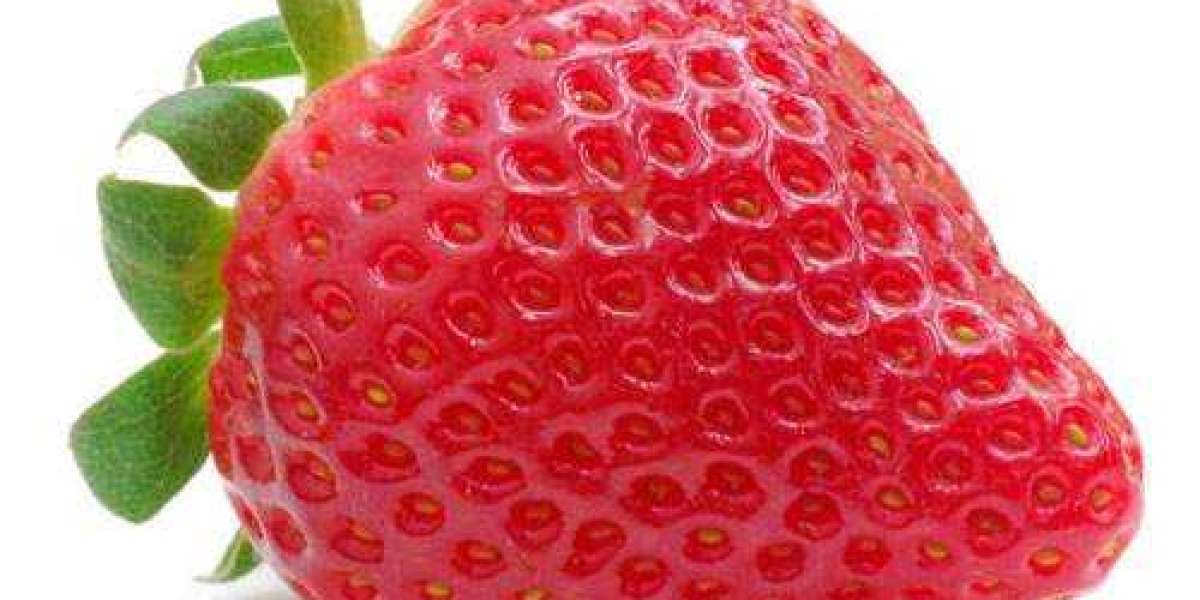The Rise of Disposables: Transforming Biopharmaceutical Manufacturing with Single-Use Probes and Sensors
The biopharmaceutical industry is under constant pressure to enhance efficiency, reduce costs, and minimize the risk of contamination in the production of life-saving therapies. The single-use bioprocessing probes and sensor market has emerged as a critical enabler in achieving these goals. By offering disposable alternatives to traditional reusable sensors, this market is revolutionizing how biopharmaceuticals are manufactured, providing benefits in terms of sterility, flexibility, and operational simplicity.
The Fundamental Advantages of Single-Use Technology in Bioprocessing
Traditional bioprocessing relies heavily on reusable stainless-steel equipment, including probes and sensors for monitoring critical process parameters. While robust, these systems require extensive cleaning, sterilization, and validation between batches to prevent cross-contamination. Single-use bioprocessing technology, including disposable bioprocessing probes and sensors, eliminates these time-consuming and resource-intensive steps. The inherent sterility of single-use components significantly reduces the risk of product contamination, enhancing process safety and product quality. Furthermore, the adoption of disposables offers greater flexibility in facility design and allows for faster campaign changeovers, ultimately increasing manufacturing throughput.
Key Parameters Monitored by Single-Use Probes and Sensors
Single-use bioprocessing probes and sensors are designed to monitor a range of critical process parameters throughout the biopharmaceutical manufacturing workflow, including:
- pH: Maintaining the optimal pH level is crucial for cell growth and protein expression in bioreactors. Disposable pH sensors provide accurate and reliable in-situ monitoring.
- Dissolved Oxygen (DO): Adequate oxygen supply is essential for aerobic cell culture. Single-use DO probes ensure precise control of oxygen levels.
- Temperature: Maintaining the correct temperature is vital for biological processes. Disposable temperature sensors offer accurate and consistent monitoring.
- Conductivity: Conductivity measurements are important in various stages, including cell culture media preparation and downstream purification processes. Single-use conductivity sensors provide a convenient and sterile solution.
- Pressure: Monitoring pressure within bioreactors and other bioprocessing equipment is crucial for safety and process control. Disposable pressure sensors are available for single-use systems.
- Cell Density/Viability: Real-time monitoring of cell growth and viability is essential for optimizing cell culture processes. While more complex, single-use optical sensors and capacitance probes are emerging for this application.
- Nutrient and Metabolite Levels: Advanced single-use sensors are being developed to monitor key nutrients (e.g., glucose, amino acids) and metabolic byproducts (e.g., lactate, carbon dioxide), providing deeper insights into cellular metabolism.
Materials and Design Considerations for Disposable Sensors
The materials used in disposable bioprocessing probes and sensors are carefully selected for biocompatibility, chemical resistance, and their ability to withstand the rigors of bioprocessing conditions. Common materials include USP Class VI-certified plastics and polymers. The design of these sensors prioritizes ease of integration into single-use bioreactors, mixing systems, and other disposable equipment. Many single-use sensors are pre-calibrated and gamma-irradiated to ensure sterility and reduce the need for on-site calibration.
Market Drivers Fueling the Adoption of Single-Use Probes and Sensors
The single-use bioprocessing probes and sensor market is experiencing robust growth driven by several key factors:
- Increasing Adoption of Single-Use Bioreactors: The shift towards single-use bioreactors, particularly for clinical-scale and smaller-volume manufacturing, is a primary driver for the demand for compatible disposable probes and sensors.
- Growing Biopharmaceutical Pipeline: The expanding pipeline of biologics, including monoclonal antibodies, vaccines, and cell and gene therapies, necessitates flexible and scalable manufacturing platforms, where single-use technology plays a crucial role.
- Reduced Risk of Cross-Contamination: The elimination of cleaning and sterilization steps associated with reusable sensors significantly minimizes the risk of product contamination, a critical concern in biopharmaceutical manufacturing.
- Enhanced Operational Efficiency and Reduced Costs: While the upfront cost of disposables may be higher, the savings in cleaning validation, water and energy consumption, and reduced downtime can lead to overall cost efficiencies.
- Flexibility and Scalability: Single-use systems offer greater flexibility in facility design and allow for easier scale-up or scale-out of bioprocessing operations.
Challenges and Future Trends in the Market
Despite the significant advantages, the single-use bioprocessing probes and sensor market faces certain challenges, including the potential for leachable and extractable substances from disposable components and the need for robust validation and quality control measures. Future trends in this market include:
- Development of More Advanced Sensors: Continued innovation is focused on developing single-use sensors capable of monitoring a wider range of process parameters with improved accuracy and stability.
- Integration with Process Analytical Technology (PAT): Single-use sensors are playing an increasingly important role in PAT initiatives, enabling real-time monitoring and control of critical process parameters to enhance product quality.
- Miniaturization and Wireless Communication: Future sensors may be smaller and incorporate wireless communication capabilities for easier integration and data acquisition.
- Focus on Sustainability: Efforts are underway to develop more sustainable single-use bioprocessing solutions, including recyclable or biodegradable materials.
Conclusion
The single-use bioprocessing probes and sensor market is a dynamic and rapidly growing sector that is fundamentally changing the landscape of biopharmaceutical manufacturing. The benefits of reduced contamination risk, enhanced operational efficiency, and increased flexibility are driving the widespread adoption of disposable sensors for monitoring critical process parameters. As technology continues to advance, single-use probes and sensors will play an increasingly vital role in ensuring the safe, efficient, and cost-effective production of innovative biotherapeutics








